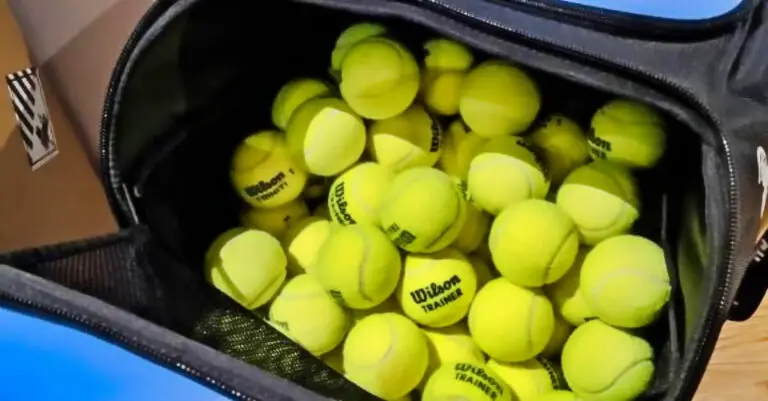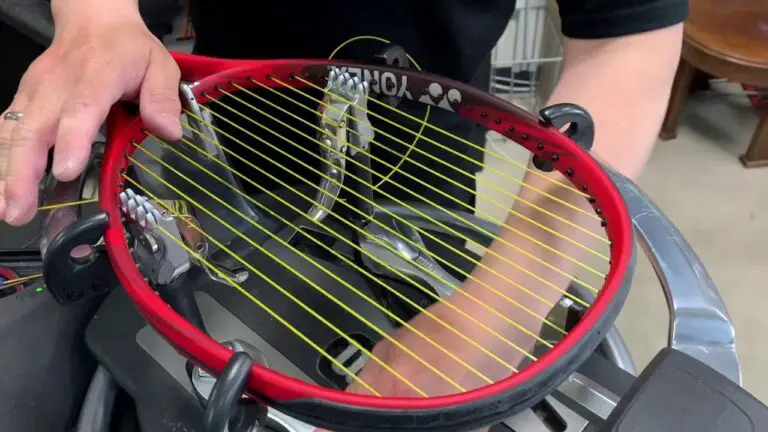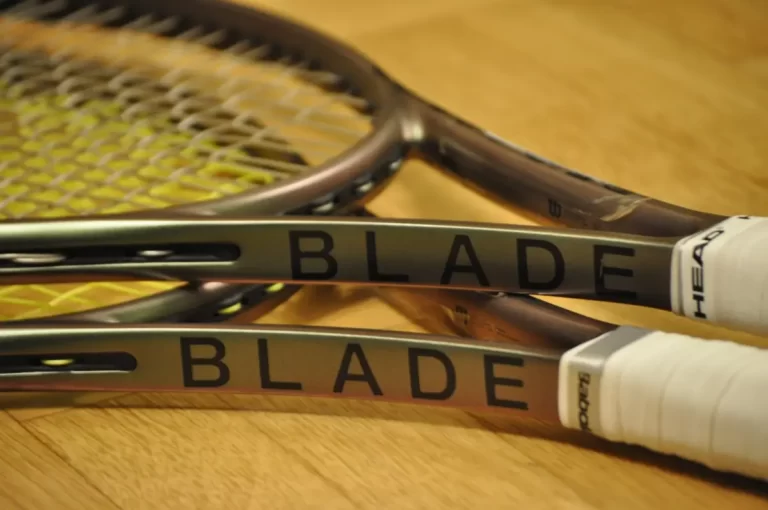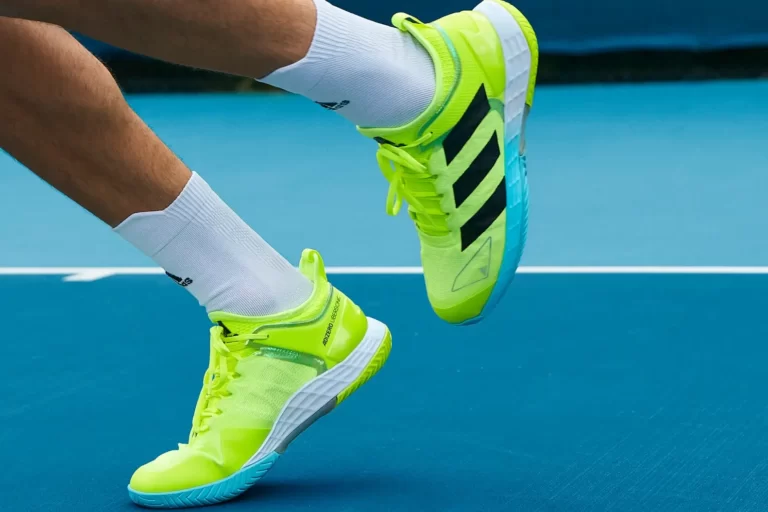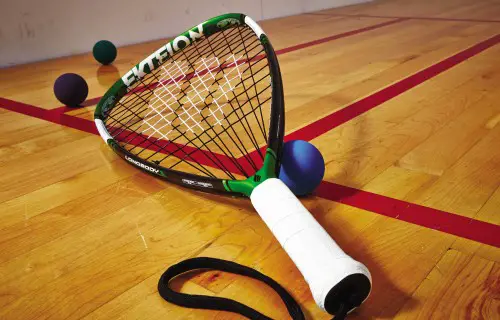Why Is There Fuzz On A Tennis Ball?
The fuzz on a tennis ball provides essential grip and spin, enhancing the player’s ability to control the ball during gameplay.

Have you ever considered the reason for the fuzzy exterior of tennis balls? That fuzzy substance gives them their lovely green fluff ball appearance! Let’s explore the fascinating world of tennis balls and discover the secrets hidden within their fuzzy charm. In this article, we’ll look at the fuzz on tennis balls, why it’s green, who makes them, how much fuzz there is on a regular tennis ball, and how it truly affects the game.
Let’s serve up some information now!
The Fuzz on a Tennis Ball: What’s the Point?
Alright, let’s get to the root of the matter and uncover the fuzz truth! Tennis balls have that fluff for a real reason – it’s not just for show! That fuzzy goodness plays a vital role in the game, giving players better grip, spin, bounce, and control. Think of it like the tread on your car tires, keeping you steady on the court!
“I have added YouTube videos here where you can clearly understand why tennis balls are fuzzy.”
The Role of Fuzz in Tennis
Imagine playing a heated match with your friend on a scorching summer day. Sweat is dripping from your brow, and you’re giving it your all. With that fuzzy exterior, the tennis ball becomes smooth and easy to control, making it easier to hit those perfect shots.
Grip and Spin
The ball’s fuzzy surface interacts with the tennis racket’s strings, creating friction and allowing players to put an incredible spin on the ball. You’ve probably seen those mind-blowing topspin shots that curve down dramatically – yep, that’s the magic of fuzz at work!
Bounce and Control
Have you ever wondered why tennis balls have different levels of bounce? Well, the amount and density of fuzz play a significant role here. The fuzzier the ball, the slower it wears down, leading to a more consistent bounce and better control during the game.
I’ve included another YouTube video explaining why tennis balls have fuzz, providing a clear understanding of their fuzzy exterior. Take a look at the video to explore this fascinating aspect of tennis balls!
Why Are Tennis Balls Green?
Now, let’s shift our focus to the vibrant green hue of tennis balls. Have you ever wondered why they choose this particular color? Is there some hidden meaning, or is it just a matter of preference? Let’s find out!
Evolution of Tennis Ball Color
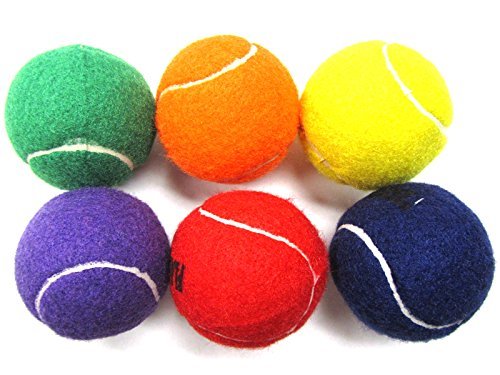
Tennis balls weren’t always green, believe it or not. Back in the day, they were white or black. However, the shift to green happened for a good reason – visibility!
Enhanced Visibility
Green is the color that provides the best contrast against both the blue sky and the red clay or grass courts. This enhanced visibility ensures players can track the ball quickly, even during high-speed rallies.
The Grass Court Connection
Interestingly, green became even more prominent in tennis when the sport gained popularity on grass courts. The bright green balls stood out beautifully against the lush green grass, creating an iconic visual appeal.
I’ve added a YouTube video that clarifies whether tennis balls are green or yellow, offering a clear understanding of their color. Check out the video to explore this intriguing aspect of tennis balls!
Who Makes The Fuzz On Tennis Balls?
As we’ve established, the fuzz on tennis balls is crucial for the game. But have you ever wondered who’s responsible for crafting these fluffy game-changers? Let’s take a peek behind the scenes and find out!
The Manufacturing Process
Tennis ball manufacturers are responsible for adding the fuzz to tennis balls during production. Tennis ball manufacturing is a fascinating process that involves several steps. The fuzz is an integral part, and it’s carefully added during production to ensure consistent quality across all balls.
Selecting the Right Fuzz
The material and thickness of the fuzz can vary, and manufacturers carefully select the best combination to achieve optimal performance and durability.
Quality Control
Stringent quality control measures are implemented throughout the manufacturing process to maintain the high standard of tennis balls. After all, nobody wants a lousy fuzzy ball!
I’ve added a Quora link that explains why tennis balls have fuzz, offering a clear understanding of their fuzzy exterior. Explore this fascinating aspect of tennis balls by checking out the link!
How Much Fuzz Is On A Tennis Ball?
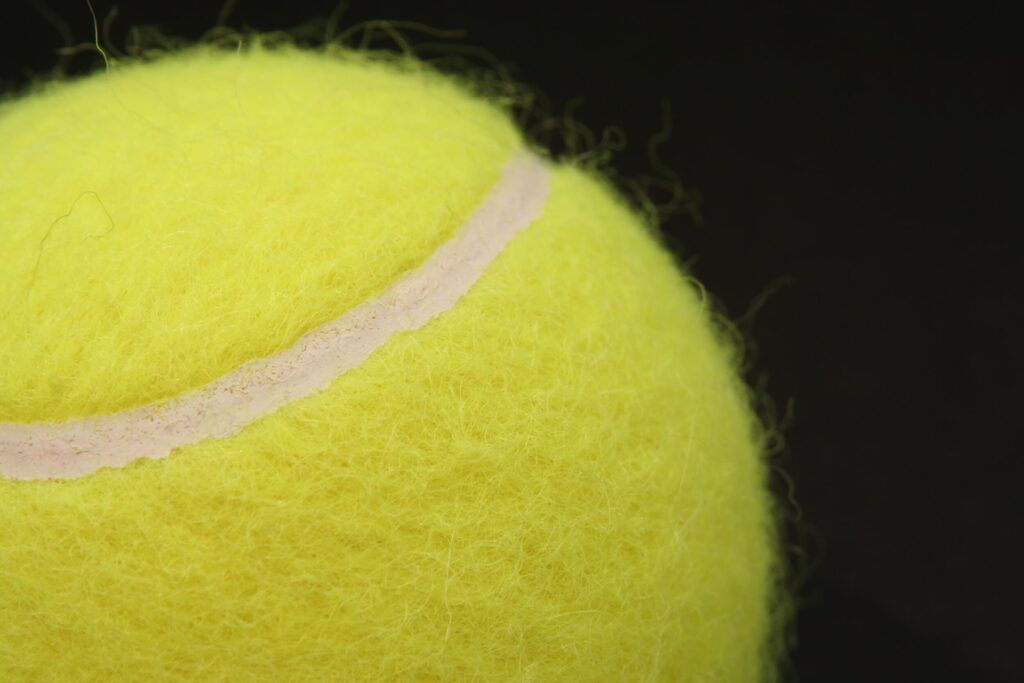
Alright, time to get technical! Let’s dive into the nitty-gritty of fuzz measurements. Ever wondered just how much fuzz covers a tennis ball? Let’s break it down!
Fuzz Measurement Standards
The fuzz on a tennis ball can vary, but it typically covers the entire surface. As for its weight, the fuzz on a standard tennis ball usually weighs around 56 grams.
Factors Affecting Fuzz Density
Various factors, such as the type of court surface, impact the amount of fuzz a ball has. We’ll explore how these variables influence the game.
Performance Impact
Does fuzz density affect the ball’s performance? Yes, it does! The amount of fuzz on the ball impacts its speed, spin, and overall playability. So, that fuzzy coat isn’t just for looks – it’s a game-changer on the court!
How Does A Tennis Ball’s Fuzzy Exterior Affect It?
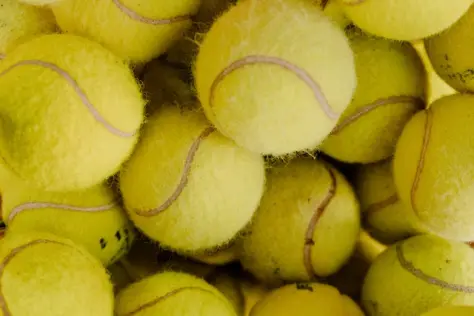
Now that we’ve dived into the technical details, let’s explore how that fuzzy exterior affects the behavior of a tennis ball during play.
Aerodynamics and Flight
The fuzz plays a pivotal role in shaping the ball’s aerodynamics, affecting how it moves through the air. Think of it as the ball’s “aero-coat”!
Surface Friction and Ball Speed
With all that friction between the fuzzy ball and the racket strings, the ball’s speed and trajectory are significantly impacted.
Wear and Tear
The fuzz gradually wears down with each hit, altering the ball’s performance. We’ll explore how it evolves throughout its life cycle.
Why Are Some Tennis Balls Fuzzier Than Others?
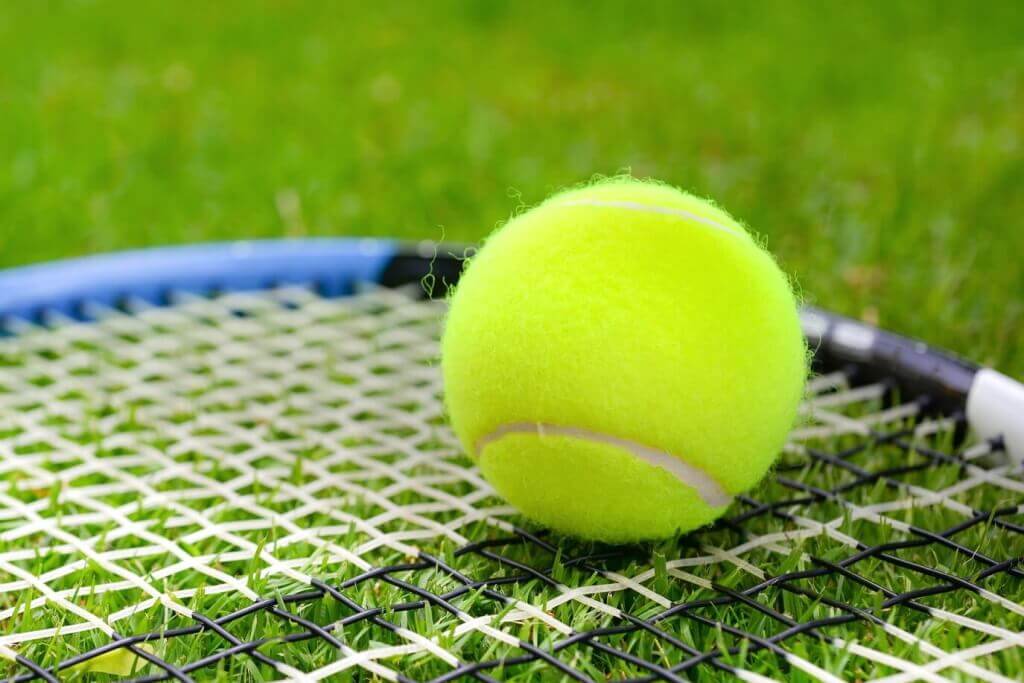
You might have noticed that not all tennis balls have the same level of fluffiness. So, what’s the deal? Let’s uncover the factors that contribute to fuzz variation.
Type of Court Surface
Different court surfaces interact with tennis balls in distinct ways, affecting how much fuzz they retain. Clay, grass, and hard courts all play a role.
Ball Quality and Price Range
Not all balls are created equal! Premium balls often have more consistent fuzz, but you can still find excellent options without breaking the bank.
Age and Usage
As time passes and tennis balls see more action on the court, they can experience changes in their characteristics. While some players believe that aged tennis balls can perform better, a delicate balance between a ball’s optimal performance and its fluffiness diminishes with excessive use.
Check this Reddit link where numerous discussions shed light on the query, providing a clear understanding. Delve into this captivating aspect of tennis balls by clicking on the link!
FAQs
What happens when a tennis ball’s fuzz wears down over time?
As a tennis ball is used, its fuzz gradually wears down. This can lead to changes in its performance, affecting its grip, bounce, and responsiveness on the court.
Can players customize the amount of fuzz on a tennis ball?
While players cannot manually adjust the fuzz on a tennis ball, they can select different types of balls with varying levels of fuzz. For instance, some balls are designed for specific court surfaces, which can impact the amount of fuzz they have.
Does the fuzz on a tennis ball impact injuries during gameplay?
The fuzz on a tennis ball is not known to cause injuries during regular gameplay. Tennis balls are designed with safety in mind, and the fuzzy exterior is not abrasive enough to cause harm to players.
How does the fuzz on a tennis ball affect the ball’s aerodynamics?
The ball’s fuzzy exterior affects its aerodynamics, creating air resistance and changing its flight course. This is most obvious when players spin the ball, causing it to curve and dip in the air.
Does the fuzz on a tennis ball serve any purpose other than aesthetics?
Absolutely! The fuzz on a tennis ball plays a crucial role in the game, providing essential grip, spin, bounce, and control during gameplay.
How does the fuzz enhance grip and control on the tennis court?
The ball’s fuzzy exterior interacts with the tennis racket’s strings, creating friction that improves grip and allows players to have better control over their shots.
Conclusion
So in this article, we’ve talked about how vital fuzz is for improving grip, spin, bounce, and control while playing. We’ve also investigated the fascinating causes of their vivid green color, gone deep into the production process, and learned how fuzz affects a tennis ball’s performance. The following time you enter the court with a fuzzy green ball, you will understand how essential that fluff is and its historical impact. Now, use your newly acquired fuzzy knowledge to win that game!
REFERENCES
- https://learn.rumie.org/jR/bytes/how-to-answer-why-is-there-fuzz-on-a-tennis-ball/
- https://www.livecareer.com/resources/interviews/questions/why-is-there-fuzz-on-a-tennis-ball
- https://www.scienceabc.com/sports/why-is-there-fuzz-on-a-tennis-ball.html
- https://www.quora.com/Why-are-tennis-balls-furry
- https://www.sportsrec.com/6657654/what-are-tennis-balls-made-out-of

